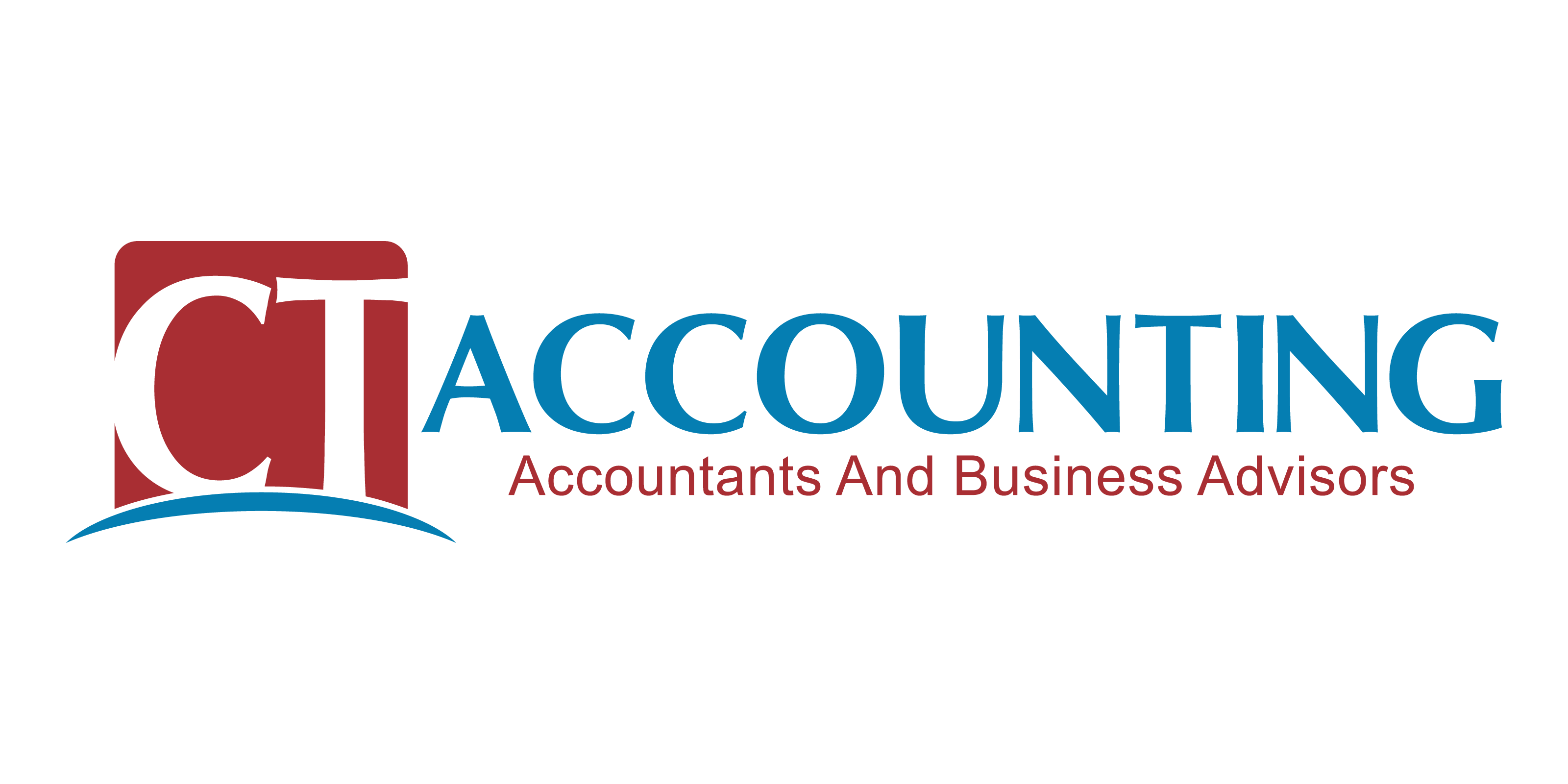Self Managed Super Fund Overview
When it comes to superannuation funds, employers are legally obligated to pay superannuation for all workers once they’re 18.
There are a few other stipulations, but for the most part young Aussie kids working at McDonalds or the local supermarket will have a super fund chosen for them, and mostly forget all about it.
Fast forward 10 or 20 years, and people become more financially aware. That super fund your first job signed you up for doesn’t look so great anymore. It’s around this time of financial enlightenment, people start evaluating their options, and one that keeps rearing its head is the “Self Managed Super Fund”.
The ATO found that 86% of SMSF members are 45 years or older. So what is SMSF, and what’s to know about this form of super?
What is a self managed super fund?
A Self Managed Super Fund – known as SMSF – is exactly what it sounds like. It’s a super fund that you manage yourself privately.
If you’ve ever had a regular super fund (and taken 10 minutes to look around), you would have noticed they usually give you some flexibility around how much risk your super is exposed to. The ‘package’ you choose dictates what your money is invested in.
For people coming up on retirement, this will usually be a low risk option such as bonds, and for young people – who can afford to take on more risk – will likely involve shares.
However, most super funds don’t actually allow you to have input regarding specific companies you invest in. This is where SMSF is so beneficial, as it gives you total control over where your money is invested.
It’s worth noting that while you get total control, there is significantly more work involved in setting up and actively managing your SMSF, than just having your average industry fund take care of everything for you.
Key Things To Know About SMSF
SMSFs take time (and money)
Like a business, the economic market has its ups and down. Traversing the deep dark cave of investing can be very time consuming and anxiety inducing. Finding the right things to invest in is tough, and getting it wrong can cause huge financial stress. ASIC recently stated a good benchmark for starting an SMSF is having at least $500,000.
You’re Accountable
All actions and activities your SMSF takes part in, holds you accountable. If a professional accountant, or your friend, or partner within your SMSF does something or influences a decision, all of the people involved in the SMSF are held responsible
There Are Fewer Safety Nets
Theft or fraud isn’t covered by any compensation schemes, and the Superannuation Complaints Tribunal won’t help you.
You’re Allowed Six Members In Your SMSF
This has only just been brought to the senate (September 2020). Whilst it was previously four, you can now include six people in your fund. They can be family or friends. Children under 18 can join, but a parent or guardian is required to act as trustee/director on their behalf until they reach 18.
Costs Associated With SMSF
There are a few costs associated with operating an SMSF. Audits, reporting fees to prepare reports, broker and accountant fees, and insurance are some of the annual costs associated with running your SMSF that will eat into your return on investments.
SMSF Isn’t A Tool To Improve The Present
SMSFs cannot be used to provide individuals with any financial assistance. You cannot fund your own business, and you can’t live in or use any property within your SMSF. Everything you invest in with your self-managed fund must be for the purpose of improving your future retirement.
Your SMSF Can Borrow Money
Self Managed Super Funds (SMSF) are allowed to borrow to invest in property or shares as long as a Limited Recourse Borrowing Arrangement (LRBA) is used for the transaction. You can find more information on LRBA here.
Insurance Through Your SMSF
Fund members need to abide by superannuation law. This involves considering if the fund should hold life insurance for its members. There are a few conditions which must be met with SMSF and insurance, so it’s best to contact an SMSF expert.
What can SMSF Buy?
As mentioned above, investments and purchases made through your SMSF must never be used for personal benefits. SMSFs can be used to purchase investments both domestically and internationally, and common investments for SMSF accounts include:
- Direct (traditional) investments such as shares, bonds, ETFs, LICs, gold, and term deposits
- Currencies – both foreign exchange and crypto (this is often not encouraged however – speak to a professional before utilising your SMSF to invest in currency)
- Property (be aware fund members cannot personally live in the SMSF property)
- Rare goods seen as an investment (art, antiques, wine etc)
- Cars (they cannot be used personally by the fund member, or rented to an associate)
Difference Between APRA and SMSF
This is somewhat of a redundant question, as APRA refers to the superannuation regulatory body Australian Prudential Regulation Authority. “APRA funds” are referred to as SAF’s (Small APRA Fund) and include most major industry and retail super funds, who are regulated by APRA. SMSFs on the other hand are regulated by the ATO. If you’re considering changing to a self managed super fund, APRA is not something to concern yourself with.
Members Within Your SMSF
As previously discussed, you can now have up to 6 members in an SMSF. It’s common for SMSFs to be made up of family or friends, but what happens when disaster strikes? Common issues that will impact SMSF members include death, divorce, disagreement, and illness. If any of these situations affects your SMSF, you should get in contact with an expert immediately to help you throughout the process.
- Death: When a member dies, the SMSF typically pays a death benefit to the deceased dependants or beneficiaries.
- Divorce: In the event of divorce, there are two main options
- Continue to operate the fund until a formal separation agreement is provided
- Transfer your individual account balance into your own separate SMSFs
- Disagreement: The general rule with SMSFs is that members must unanimously agree on actions and decisions. It’s important that all members discuss what happens in the event of a disagreement when they are first starting the self managed fund.
- Illness: In the event that a member is declared terminally ill, it may be decided to withdraw funds.
Wrapping Up Our SMSF Guide
As you can see, there are a lot of things to be aware of when considering switching your super to a SMSF. If you’re ready to make the switch, we recommend talking to a professional to ensure you understand everything involved, and start out strong.
SMSF FAQs:
What does SMSF mean?
Self Managed Super Fund
Is my super APRA or SMSF?
If your super is with a major industry or retail fund, it’s likely APRA. If you manage it yourself and report to the ATO, it’s a SMSF.
How much do i need for SMSF?
ASIC Suggests $500,000, however there is technically no legal amount you must have to start a SMSF.
What can SMSF buy?
Shares and property are most common, however you can also purchase currencies and rare and valuable goods.
Do banks offer SMSF loans?
Yes, however they typically incur higher interest rates.







